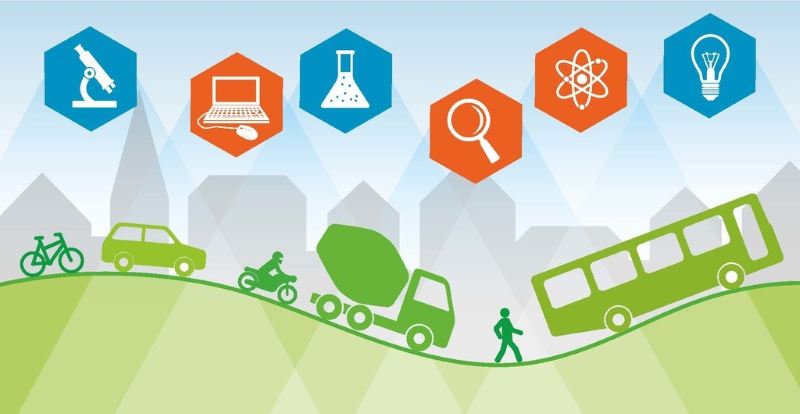Smarter Maintenance - Goal an focus
Goals and Focus

The project aims to develop technology, methods and competence to improve and streamline maintenance of Norway’s road network. This will help to improve uptime, traffic safety, and efficiency and productivity, and reduce environmental and climate impacts. The project has identified the following key focus areas:
Condition- and risk-based maintenance management
Condition- and risk-based maintenance involves systematically collecting and analysing data to identify and prioritise maintenance needs. Several SMARTer maintenance projects are currently developing better methodology to collect and analyse data through, for example, modelling and risk estimation. In condition-based maintenance management, condition criteria are defined as triggering maintenance measures, whereas risk-based maintenance management goes one step further by establishing criteria for the risk (= probability x consequences) of, for example, structural failure or downtime. Both forms are regarded as proactive maintenance and designed to initiate measures before critical problems arise that cause an unplanned shut-down of the object .
Condition mapping
The spine of maintenance management is maintaining an overview of the condition of the most important objects that need to be maintained. In some areas, such as road, bridge and tunnel maintenance, operational systems for condition mapping already exist, while for other elements such as drainage systems, there is a lack of effective systematic mapping methodology. A number of SMARTer maintenance projects designed to improve, streamline and automate information retrieval about the condition of the road network are currently underway.
Data analysis
Interpreting and reducing data, and extracting valuable information from large data sets is a generic problem that is only growing as it becomes easier to collect large volumes of data. This requires competence in IT and statistics, in addition to an understanding of domain disciplines such as structural engineering, geotechnics, hydraulics and road technology. Data analysis can involve “conventional” physical modelling, development of statistical models or artificial intelligence/machine learning. The project is intended to develop multiple new models for improved handling and analysis of data, in order to acquire a better basis for decision-making.
Strategic analysis and decision-making support
Strategic analysis is intended to support overarching strategic decisions, for example, which maintenance strategy to choose, which standard to adopt and the smartest place and time to start major refurbishments or renewals. This often necessitates cost-benefit analyses. We have implemented several projects intended to supplement our strategy toolbox and contribute to better overarching decisions.
Supporting the goals of the National Transport Plan (NTP):
The project applies the following focus areas to help achieve several of the most important overarching goals defined in the NTP:
- Easier daily travel and increased competitiveness for businesses
- More road for money
- Efficient use of new technology
- Zero vision for fatalities and serious injuries
- Contribute to achieving Norway’s climate and environmental goals
